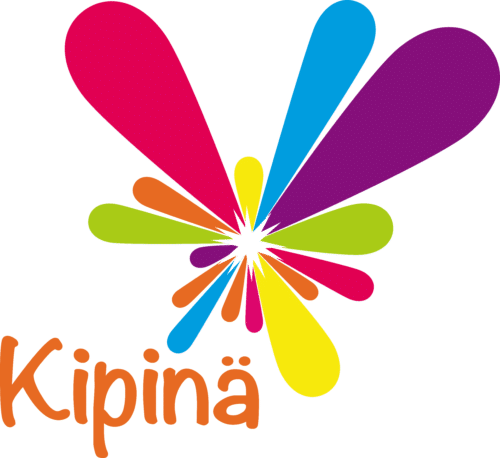Academic FAQs
Is Kipinä compatible with other curricula and approaches?
Yes. Kipinä already works with national curricula in 15 countries and 7 languages. There are Kipinä campuses within K12 schools following the IB program and the Cambridge Program. In developing the Finnish approach to early childhood education it should be noted that many curricula and approaches were studied and in some cases integrated. This includes diverse curricula such as Montessori and Reggio Emilia as well as approaches in Canada, the USA and UK, and allied areas such as STEAM and Special Needs.
Additionally, Kipinä has enhanced the Finnish Curriculum to make it blend seamlessly with global standards and to help children easily integrate into any big school environment. We achieved this by integrating 21st Century Skills, Executive Functioning, and by using Focused Instruction. Kipinä also matches learning outcomes with local standards to ensure literacy and numeracy skills are equivalent.
How does Kipinä differ from Montessori?
Finland has been enormously successful in making its education system respected worldwide. But Finland's approach to education was not developed in a vacuum. Indeed Finland borrows from many approaches including Montessori, Reggio Emilia, Steiner and the American and UK approaches. Montessori started more than 100 years ago - before air travel, mobile phones, and the internet. Montessori was originally a method to help children with practical life skills and that ethos still continues today.
Both Montessori and Kipinä use a play-based learning approach. However, not all play is the same. Whereas Montessori uses specific toys to develop premeditated outcomes and children often play alone in 'work cycles' (where sharing and social interaction is not the priority), Kipinä kids learn in small and large groups to encourage socialisation, and development of soft skills (collaboration, empathy, team work). Kipinä teachers are guiding the children but not emphasising an outcome so that children develop their creativity, spontaneity and unique personalities. Kipinä emphasises fun and imagination through a teacher-facilitated model designed to lead to observable learning outcomes that are not restricted to or shaped by the resources in the room.
The Montessori name is not copyright. Therefore there is a lot of variance in what is offered to parents as Montessori - from some high quality preschools with well-trained teachers to absurd environments with little or no ties to any authentic Montessori philosophy. Kipinä is a proprietary academic program and brand with substantive trademarks around the world. Kipinä preschools are subject to audits. Therefore, parents can be quite sure of getting the quality they expect and partners have exclusive protected territories.
What ages does the Kipinä curriculum cover?
Kipinä provides distinct detailed scaffolded curricula for children from birth to 6 years old. In addition we provide weekly lesson plans for all these age groups. Some of our nurseries and day cares only work with children for 2 to 4, while others accept children from birth to 4 years. Some of our preschools teach from birth to 6 years, while others prefer to work only with kids from 2 to 6 years.
Does Kipinä use textbooks to teach the children?
Would you rather follow a recipe from a cookbook or would you rather get into a kitchen and have a trained chef show you? The answer is the same, anything that could be taught from a page in a book could be better taught and memories made from doing it in real life with tangible objects.
Schools can be very competitive (more academic). Why doesn't Kipinä make children do more work on paper sheets?
Worksheets are the lowest form of education- recalling facts. The highest form of education is being able to apply knowledge, innovate, think creatively and critically. We think you would prefer a child prepared for the 21st century not the 20th.
Why does Kipinä have a "no homework" rule. Doesn't more practice make children better?
Children are only children once in their lives, let's not rush them. The home is a place for family values, whatever those values are. As parents, be present with your children and build those values! That is the best homework you can do. We don't want to extinguish their spark of joy, we want to make it grow and foster a lifelong love of learning!
